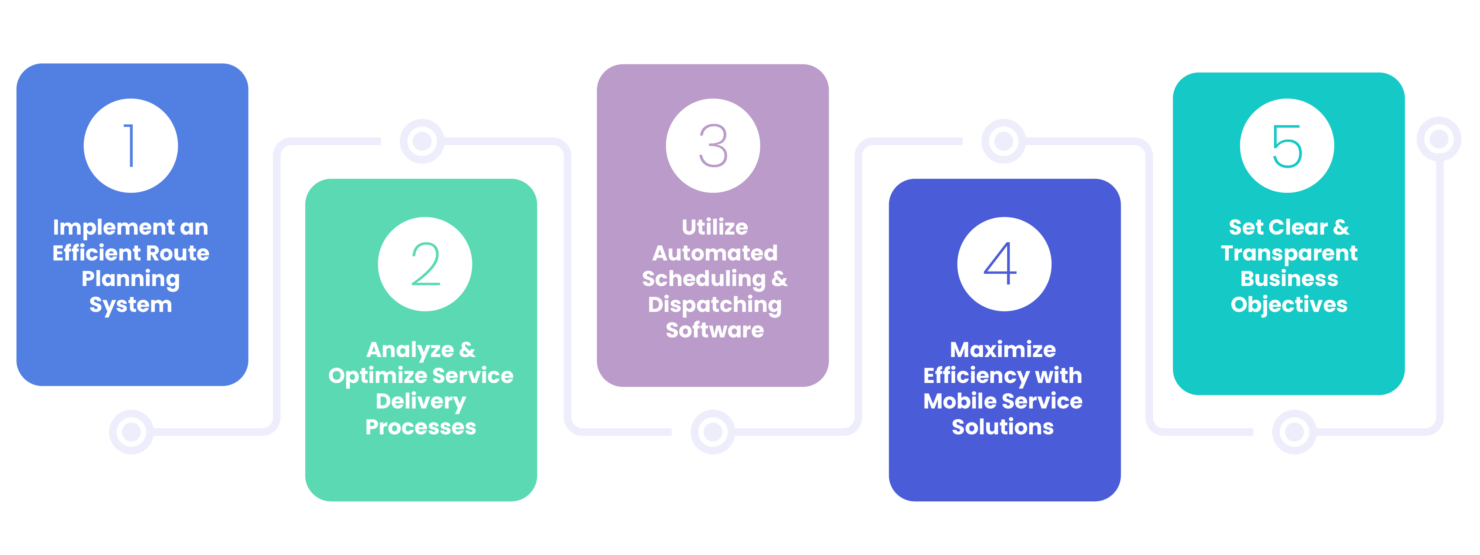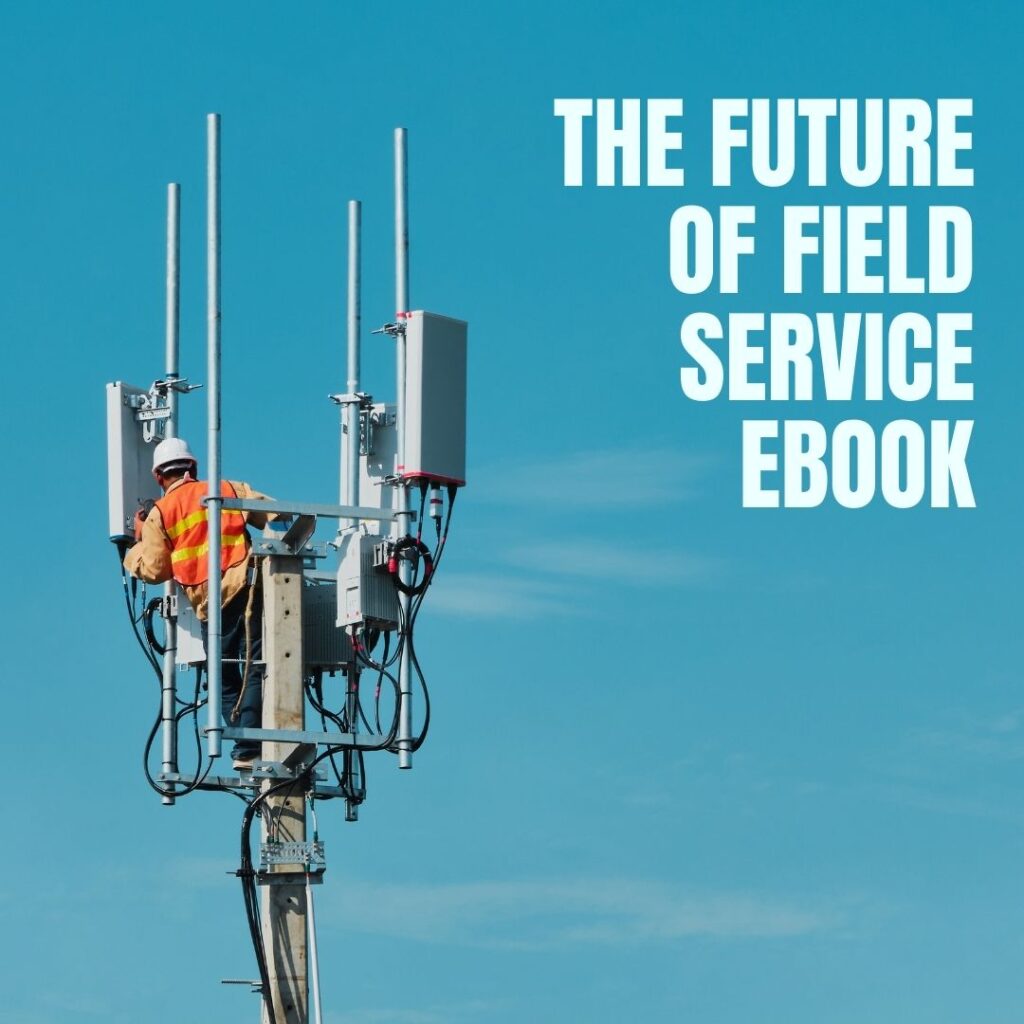Every business needs a way to efficiently and effectively deliver products and services to their customers. Having a field service solution can be immensely helpful in managing this task. In this article, we will go over five tips for how you can reduce mileage on your service delivery vehicles with the help of a field service solution. Read on to learn more about how you can save money and remain competitive in the market!
5 Tips to Reduce Mileage on Your Service Delivery Vehicles
with a Field Service Solution

Tip #1: Implement an Efficient Route Planning System
An efficient route planning system is essential to reducing mileage on your service delivery vehicles. By optimizing routes and schedule, you can minimize travel time and fuel consumption. A good route planning system will consider the specific needs of your business, such as vehicle size and weight, delivery times, and traffic conditions. It will also allow you to enter multiple destinations and create custom routes.
Tip #2: Analyze & Optimize Service Delivery Processes
Mileage tracking should be built into your field service solution so you can optimize your technicians’ routes. Make sure to track not only how many miles are being driven but also how long each trip takes. This will allow you to identify inefficiencies in your process and make the necessary changes.
Once you have the data, start by looking at the big picture. Identify areas where there are a lot of miles being driven with no stops in between. This could indicate that your technicians are having to travel out of their way to complete a job. Alternatively, it could mean that they are taking the long way around to avoid traffic.
Once you have identified these areas, you can start making changes to your process. For example, if your technicians are having to travel out of their way, consider batching jobs together that are in the same area. This will save on mileage and improve efficiency. If traffic is an issue, look at changing your dispatch order or providing real-time traffic updates to your technicians so they can take the quickest route possible.
Tip #3: Utilize Automated Scheduling & Dispatching Software
If you’re looking to reduce mileage on your service delivery vehicles, one of the best things you can do is invest in automated scheduling and dispatching software. IFS Planning and Scheduling Optimization™ (IFS PSO) helps organizations better manage their field resources resulting in improved customer satisfaction, increased productivity and better adherence to customer commitments. Streamlining your planning and scheduling will ensure that your vehicles are always being used as efficiently as possible. By automating the scheduling and dispatch process, you can avoid wasted time and resources, ultimately reducing the amount of mileage that your vehicles accrue.
Business Value Realization
Scheduling Optimization from IFS is Proven to Provide Real Business Benefit

Tip #4: Maximize Efficiency with Mobile Service Solutions
There are several ways to reduce mileage and increase efficiency with mobile service solutions. One way is to optimize scheduling so that technicians are routed more efficiently. This can be done using historical data, such as customer location and appointment times, to create more efficient routes.
You can use mobile service solutions to improve communication between technicians and customers. For example, sending appointment reminders or updates via text message can help reduce no-shows, which will save both time and money.
Tip #5: Set Clear & Transparent Business Objectives
Setting clear and transparent business objectives is the first step in creating a successful field service organization. Defining your company’s purpose and desired outcomes for your customers will help you determine the best way to allocate resources and optimize your operations.
Your business objectives should be specific, measurable, achievable, relevant, and time-bound (SMART). This will ensure that everyone in your organization is working towards the same goals and that you can track your progress over time.
Some examples of SMART business objectives for a field service organization include:
- Reducing customer wait times by 30% within 6 months
- Increasing first-time fix rate from 60% to 75% by end of year
- Achieving 95% on-time appointment compliance within 12 months
With the correct field service operations, you can reduce mileage on your service delivery vehicles and save money in the process. These tips will help keep your business running smoothly while keeping costs down! If you’re looking for a field service solution to help maximize efficiency contact us, we can help!








